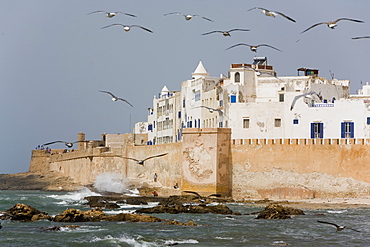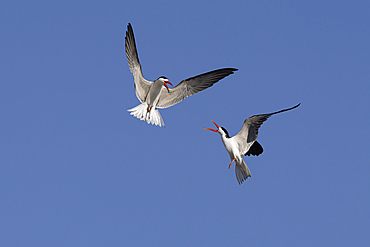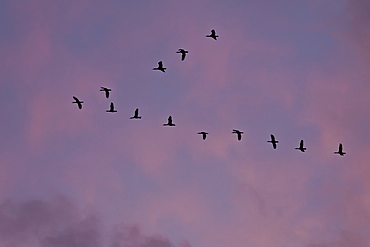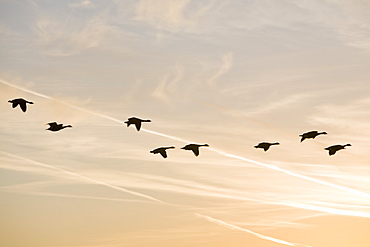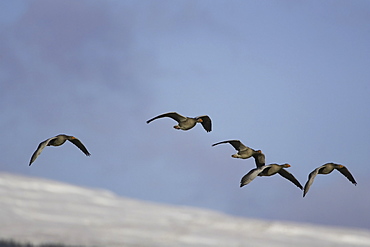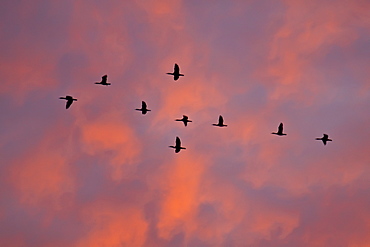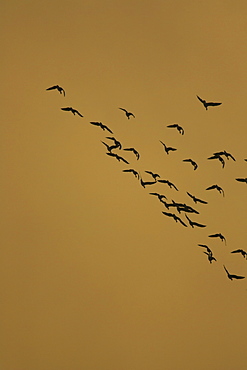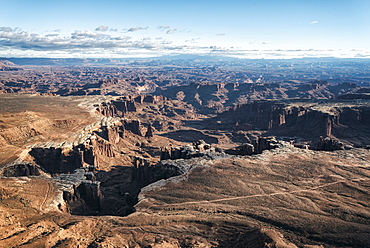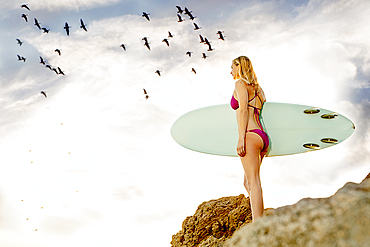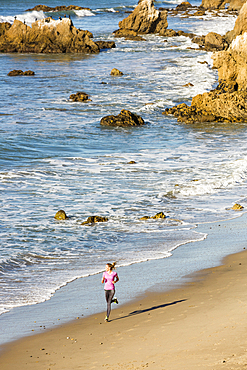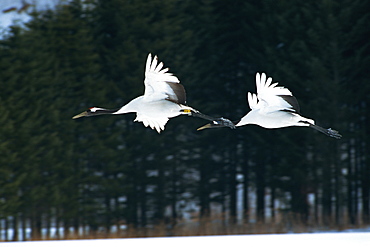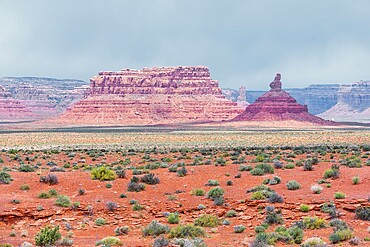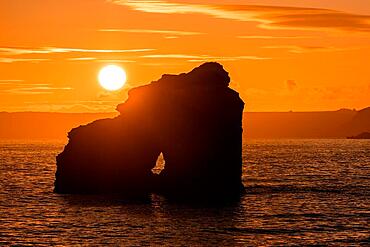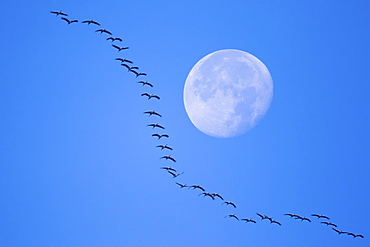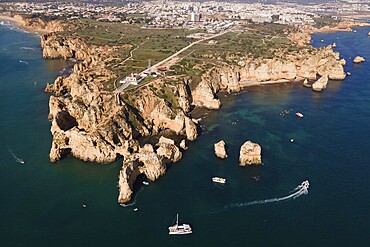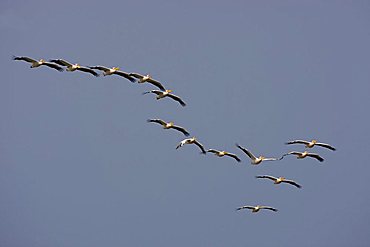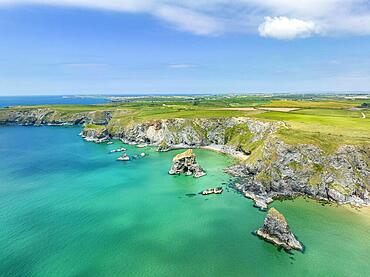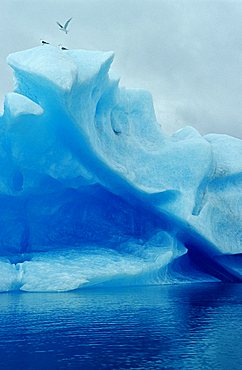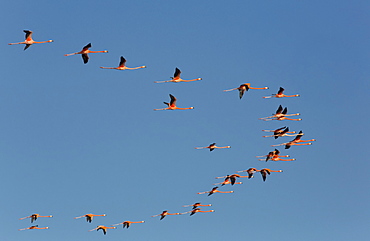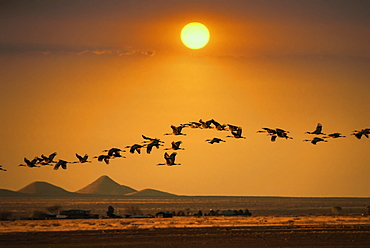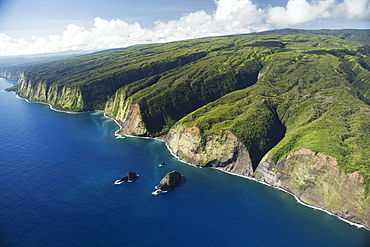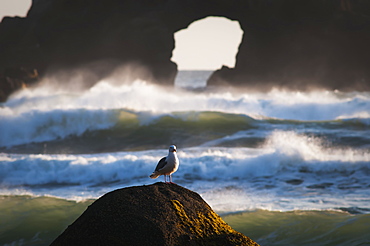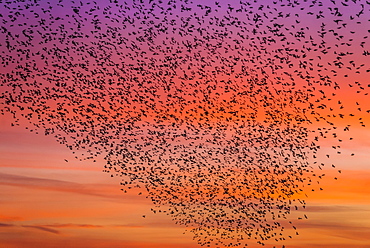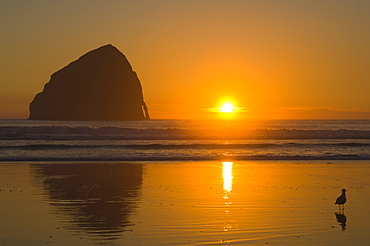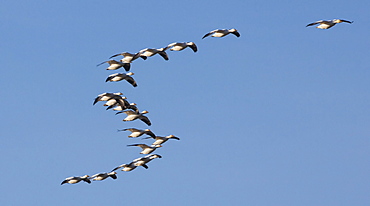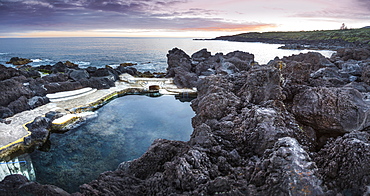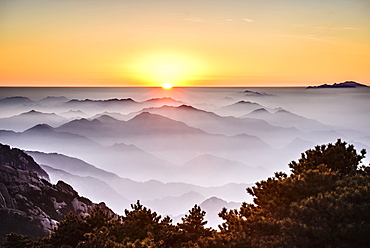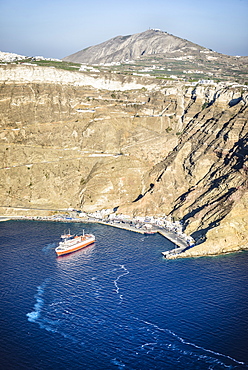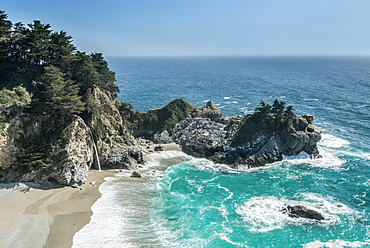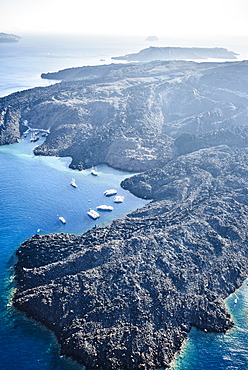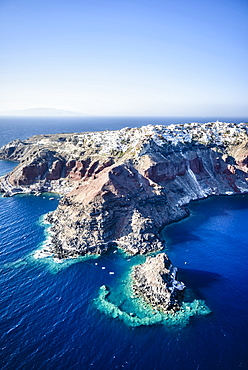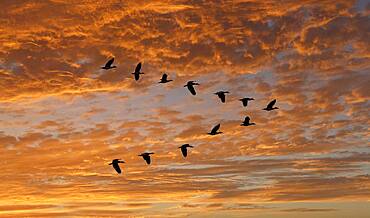Results
16 results found
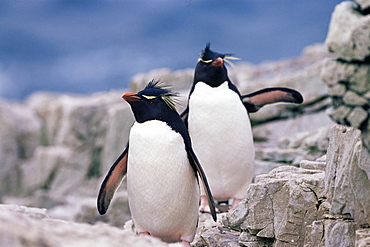
Two rockhopper penguins (Eudyptes chrysocome chrysocome), Sea Lion Islands, Falkland Islands, Atlantic, South America
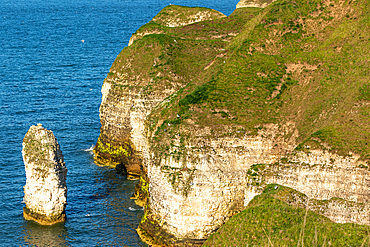
Coastal cliffs with a sea stack, lush greenery, and North Sea waters under a clear sky, Flamborough, Yorkshire, England, United Kingdom, Europe
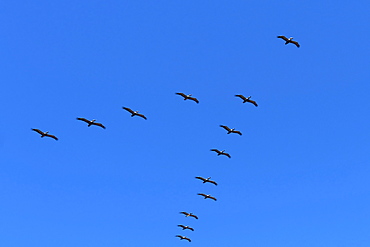
Pelicans in V formation over Playa Guiones beach, Nosara, Nicoya Peninsula, Guanacaste Province, Costa Rica, Central America
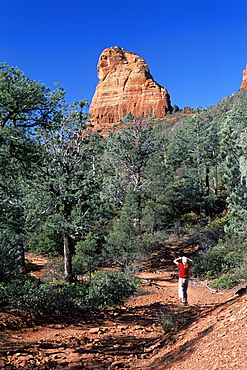
Birdwatcher on path, and red rock cliff towering above the Brins Mesa Trail. Sedona, Arizona, United States of America (U.S.A.), North America
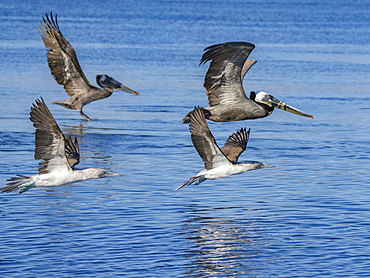
Blue-footed boobies (Sula nebouxii), in flight near Isla Salsipuedes, Baja California, Sea of Cortez, Mexico, North America
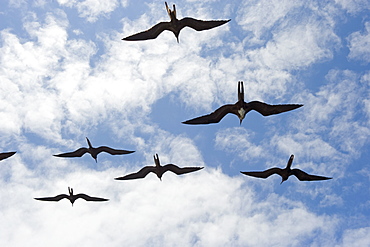
Great frigate bird (Frigata minor) flying in formation, Galapagos Islands, UNESCO World Heritage Site, Ecuador, South America
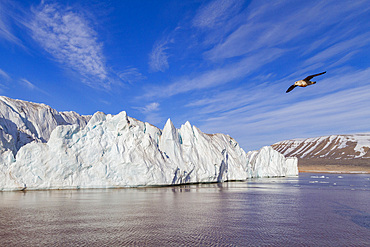
A view of the tidewater glacier in Isbukta (Ice Bay) on the western side of Spitsbergen Island, Svalbard Archipelago, Norway

Adult brown pelicans (Pelecanus occidentalis), flying in formation, Isla Carmen, Baja California Sur, Mexico, North America
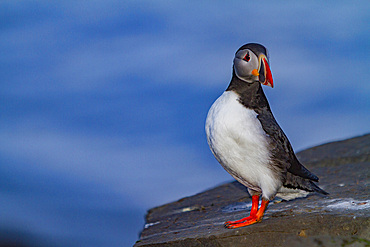
Adult Atlantin puffin (Fratercula arctica) during breeding season, Isfjardardjup, Westfjords region, Northwestern Iceland
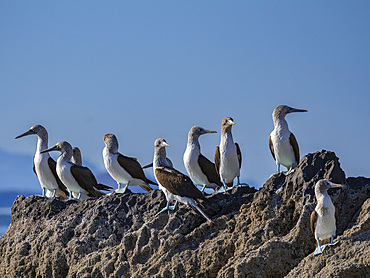
Blue-footed boobies (Sula nebouxii), on a small islet near Isla Salsipuedes, Baja California, Sea of Cortez, Mexico, North America
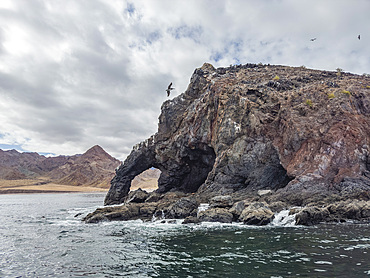
Natural arch in Puerto Refugio on the northern end of Angel de la Guarda Island, Baja California, Sea of Cortez, Mexico, North America
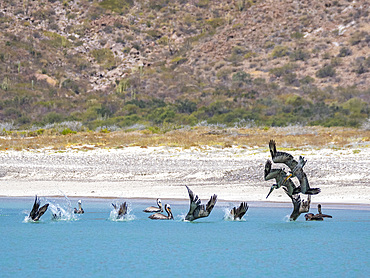
Adult brown pelicans (Pelecanus occidentalis), plunge diving for fish, Isla Carmen, Baja California Sur, Mexico, North America
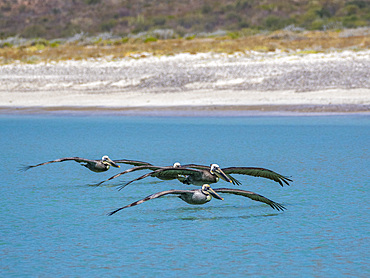
Adult brown pelicans (Pelecanus occidentalis), flying in formation, Isla Carmen, Baja California Sur, Mexico, North America

Brown pelicans (Pelecanus occidentalis) in flight formation at sunset near Isla Rasita, Baja California, Mexico, North America
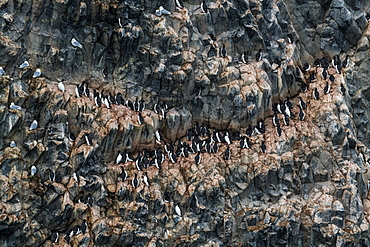
Giant seabird colony on the spectacular rock formation of columnar basalt, Skala Rubini (Rubini rock), Franz Josef Land archipelago, Arkhangelsk Oblast, Arctic, Russia, Europe
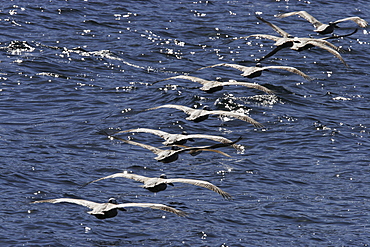
Brown Pelicans (Pelecanus occidentalis) flying in formation low over the ocean in the Gulf of California (Sea of Cortez), Mexico.

Adult brown pelicans (Pelecanus occidentalis) in formation in the Gulf of California (Sea of Cortez), Baja California Norte, Mexico.
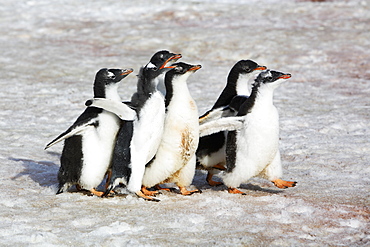
Gentoo Penguin (Pygoscelis papua) creche (protective group of chicks while parents are at sea feeding) walking in formation on the Antarctic Peninsula.
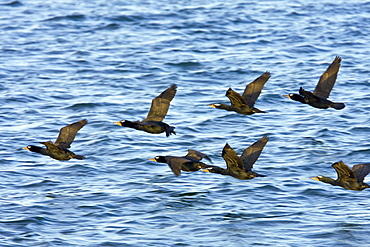
Adult double-crested cormorant (Phalacrocorax auritus) in flight formation inMagdalena Bay between Isla Magdalena and the Baja Peninsula, Baja California Sur, Mexico
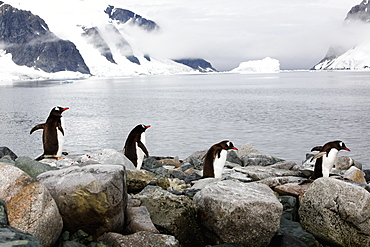
Four adult Gentoo Penguins (Pygoscelis papua) walking in formation to the sea on the Antarctic Peninsula.
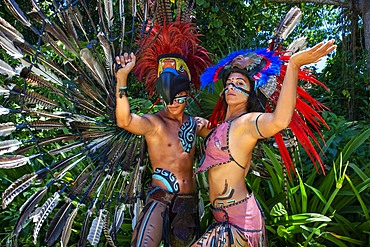
Mexican aztec dress gods at Grand Palladium White Sand Resort and Spa in Riviera Maya, Yucatan Peninsula, Quintana Roo, Caribbean Coast, Mexico.
Aztec clothing was generally loose fitting and did not completely cover the body. When the Spanish arrived in Mexico, the people were surprised to see them in their full armour, with only their faces exposed.
Aztec clothes were generally made of cotton (which was imported) or ayate fiber, made from the Maguey Cactus (also called the Century Plant or American Aloe). Women would weave the fibers into clothing, a task girls were taught as young teenagers. Because of their vast trading network, the Aztecs were able to make use of a beautiful array of dyes, creating the brilliant

A Mexican staff member holds a tucan at Grand Palladium White Sand Resort and Spa in Riviera Maya, Yucatan Peninsula, Quintana Roo, Caribbean Coast, Mexico

Mexican aztec dress gods at Grand Palladium White Sand Resort and Spa in Riviera Maya, Yucatan Peninsula, Quintana Roo, Caribbean Coast, Mexico.
Aztec clothing was generally loose fitting and did not completely cover the body. When the Spanish arrived in Mexico, the people were surprised to see them in their full armour, with only their faces exposed.
Aztec clothes were generally made of cotton (which was imported) or ayate fiber, made from the Maguey Cactus (also called the Century Plant or American Aloe). Women would weave the fibers into clothing, a task girls were taught as young teenagers. Because of their vast trading network, the Aztecs were able to make use of a beautiful array of dyes, creating the brilliant
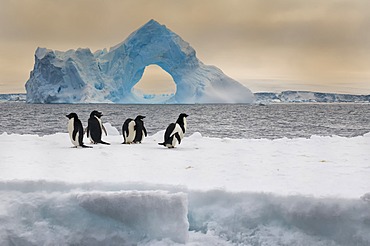
Group of Adelie penguins (Pygoscelis adeliae) on an iceberg, natural arch iceberg in the back, Paulet Island, Erebus and Terror Gulf, Antarctic Peninsula, Antarctica

Eurasian cranes (Grus grus) in flight, flock flying in a formation in the evening light, lake Guenzer See, Altenpleen, Western Pomerania Lagoon Area National Park, Mecklenburg-Western Pomerania, Germany, Europe

Aerial view of the rugged coastal landscape at Duncansby Head with the lighthouse and the Duncansby Stacks rock formation behind, Scotland's north-eastern point, County Caithness, Scotland, United Kingdom, Europe

Aerial perspective captures the stunning beauty of zumaia's flysch cliffs meeting the vibrant blue ocean on a sunny summer day, Spain.
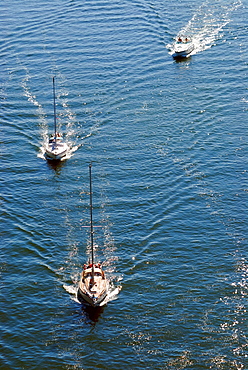
Sailboats and motor boats on the Nord-Ostsee-Kanal, Kiel Canal, Kiel, Schleswig-Holstein, Germany, Europe
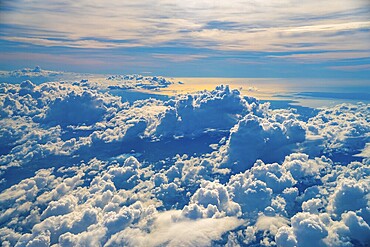
Golden hour sunlight illuminates a vast expanse of fluffy white clouds over coron island, philippines, creating a breathtaking aerial view
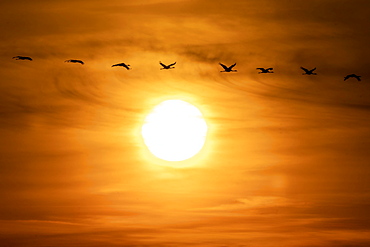
Common crane (Grus grus) flying in the sunset, wildlife, National Park Vorpommersche Boddenlandschaft, Mecklenburg-Vorpommern, Germany, Europe

Common crane (Grus grus) flying at rising moon, wildlife, National Park Vorpommersche Boddenlandschaft, Mecklenburg-Vorpommern, Germany, Europe

Whimsical formations on the sandy beach, Praia de porto mos, aerial view, Lagos, Algarve, Portugal, Europe
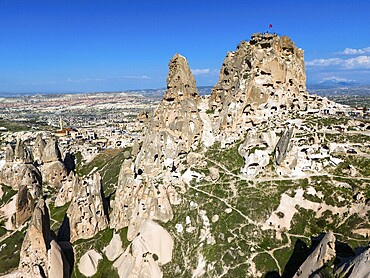
Rocky landscape with ancient rock structures under a clear blue sky in Cappadocia, aerial view, Uchisar Castle, Uçhisar Kalesi, impressive rock formation and fortress, Göreme National Park, Göreme Tarihî Millî, Nevsehir Province, Nevşehir, Cappadocia, Cappadocia, Kapadokya, Cappadocia, Central Anatolia, Turkey
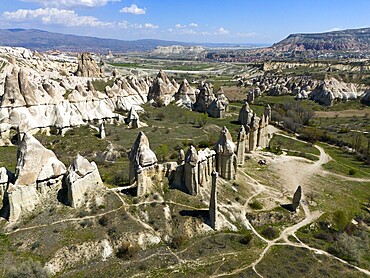
Wide rocky backdrop with outstanding geological formations in Cappadocia, aerial view, Love Valley, Göreme National Park, Göreme Tarihî Millî Parkı, Nevsehir Province, Nevşehir, Cappadocia, Cappadocia, Cappadocia, Cappadocia, Central Anatolia, Turkey
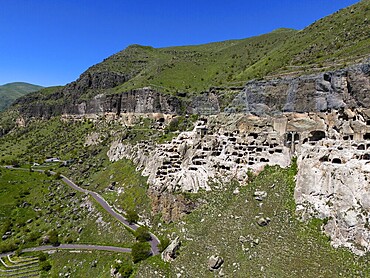
Cave architecture along an elongated rock formation, embedded in a green natural backdrop with road, aerial view, cave town, cave monastery, Vardzia, Vardzia, Samtskhe-Javakheti region, Samtske Javakheti, Lesser Caucasus, Georgia
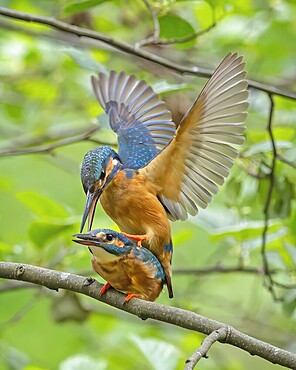
Kingfisher (Alcedo atthis) Indicator of clean watercourses, male and female at sunrise, perched on branch, courtship, mating, pair formation, habitat, Flying Gem, Middle Elbe River Landscape, Middle Elbe Biosphere Reserve, Saxony-Anhalt, Germany, Europe

Hoopoe (Upupa epops) Bird of the Year 2022, male with food for his female, bridal gift, pair formation, courtship, begging for food, foraging, erected bonnet, pair, breeding cavity, sunrise, interaction, flying, climate change, Middle Elbe Biosphere Reserve, Saxony-Anhalt, Germany, Europe
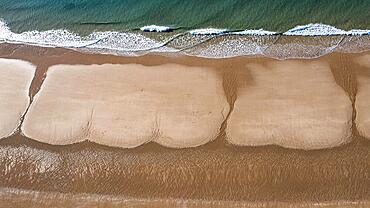
Whimsical formations on the sandy beach, Praia de porto mos, aerial view, Lagos, Algarve, Portugal, Europe

Aerial view of the rugged coastal landscape at Duncansby Head with the lighthouse and the Duncansby Stacks rock formation behind, Scotland's north-eastern point, County Caithness, Scotland, United Kingdom, Europe

Stunning aerial view from an airplane, showing part of the wing and turbine engine, above the puffy clouds with a pastel sky at twilight, flight from Terrace to Vancouver, British Columbia, Canada
